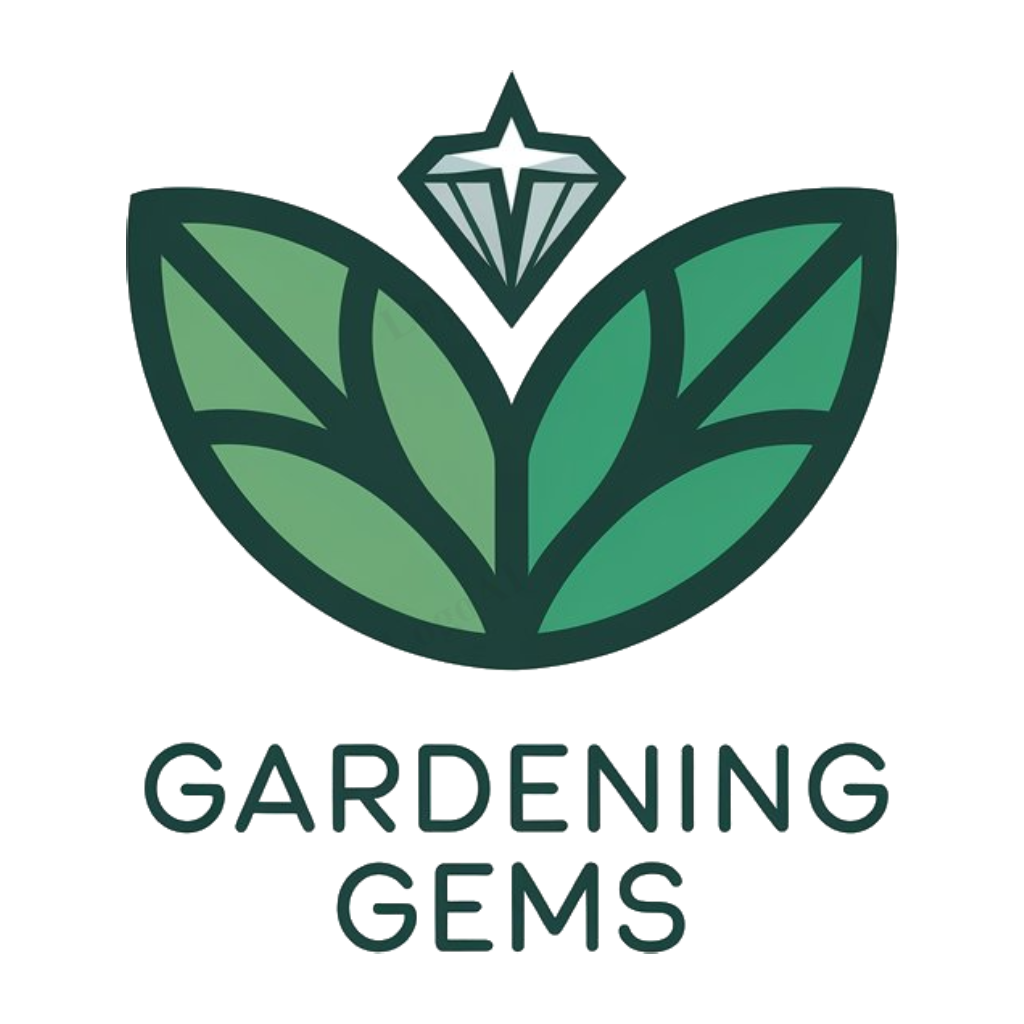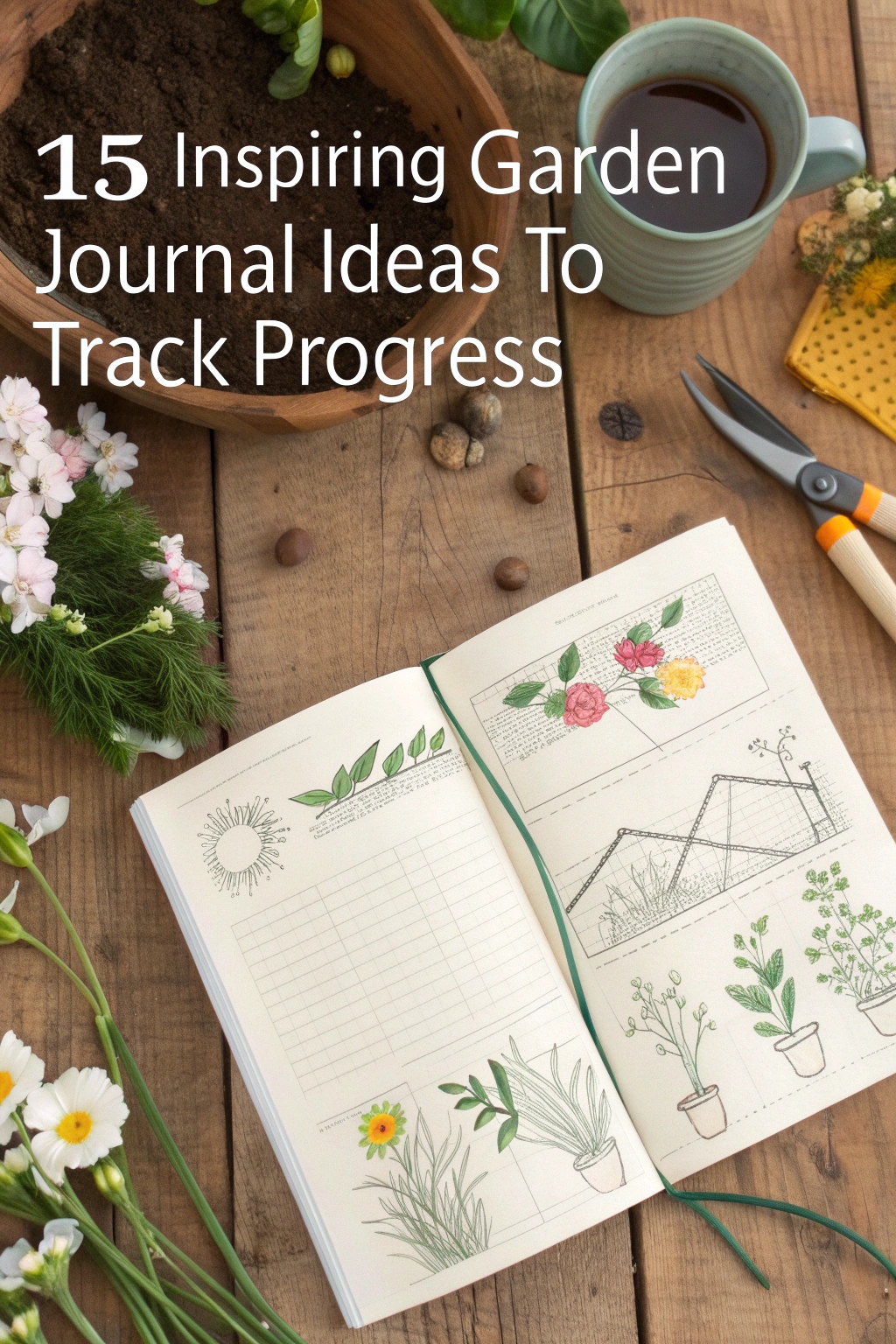You’ve likely heard of a gardener who spent years perfecting their craft, and it’s probable their success stemmed from tracking progress. Keeping a record of your garden’s growth and changes can be very helpful. This is because it allows you to learn from your mistakes and make better decisions in the future.
By writing down your observations, you can refine your gardening practices and make your garden the best it can be. This is exciting because it means you can grow the flowers, fruits, and vegetables you love, and see the progress you’re making. Now, you’re about to discover how to make this happen with inspiring garden journal ideas.
Setting Up Your Garden Journal
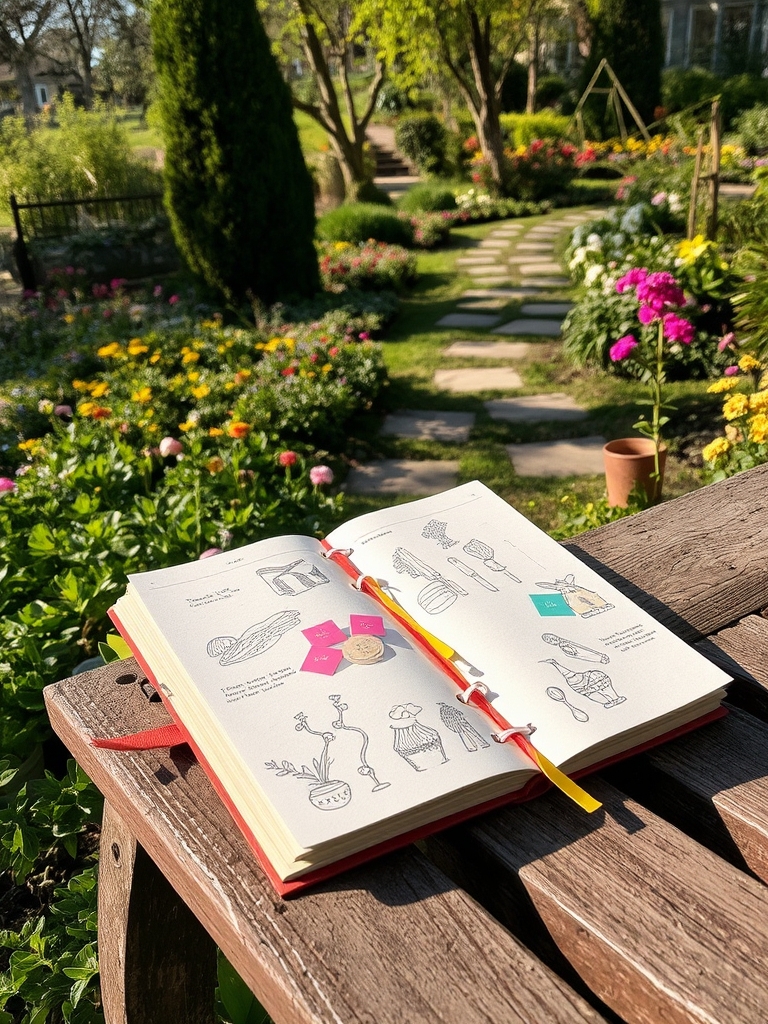
Setting up your garden journal involves choosing a format, whether digital or physical, and dedicating space to record observations, note weather patterns, and track progress. Include sections for planting schedules, soil conditions, and pest management to create an exhaustive reference guide for your garden’s growth and development over time.
Creating a Plant Inventory

Creating a plant inventory involves cataloging each plant in your garden, including its name, type, and location. Record details such as planting date, growth habits, and any notable features. This helps track progress, identify areas for improvement, and plan future garden designs. A thorough inventory makes gardening easier and more enjoyable.
Tracking Weather Patterns
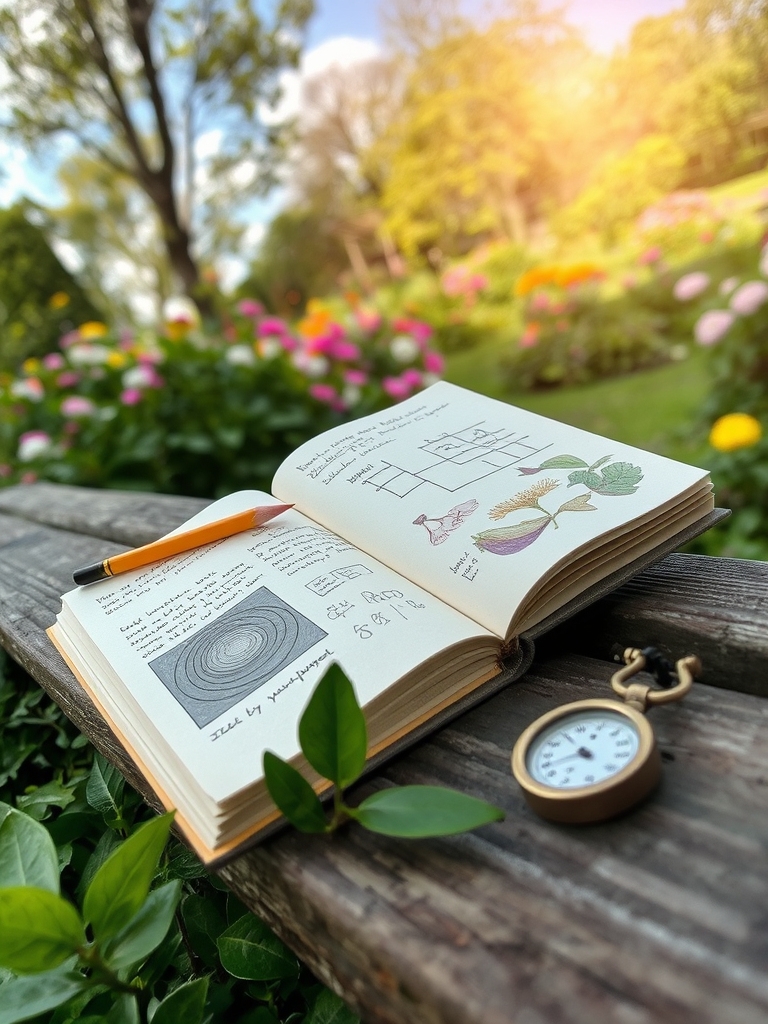
Tracking weather patterns in a garden journal helps identify trends and correlations between weather and plant growth. Record temperature, rainfall, and sunlight to understand how they impact bloom times, harvests, and pests. This information informs planting schedules, irrigation, and other garden management decisions to optimize crop yields and garden health. Accurate records aid in planning for future seasons.
Monitoring Soil Conditions

Monitoring soil conditions involves tracking moisture levels, pH, and nutrient content to create an ideal growing environment. Record observations of soil texture, structure, and temperature to identify patterns and make informed decisions about irrigation, fertilization, and other soil amendments, ultimately leading to healthier plants and improved garden productivity. Regular soil monitoring helps prevent issues.
Recording Planting Dates
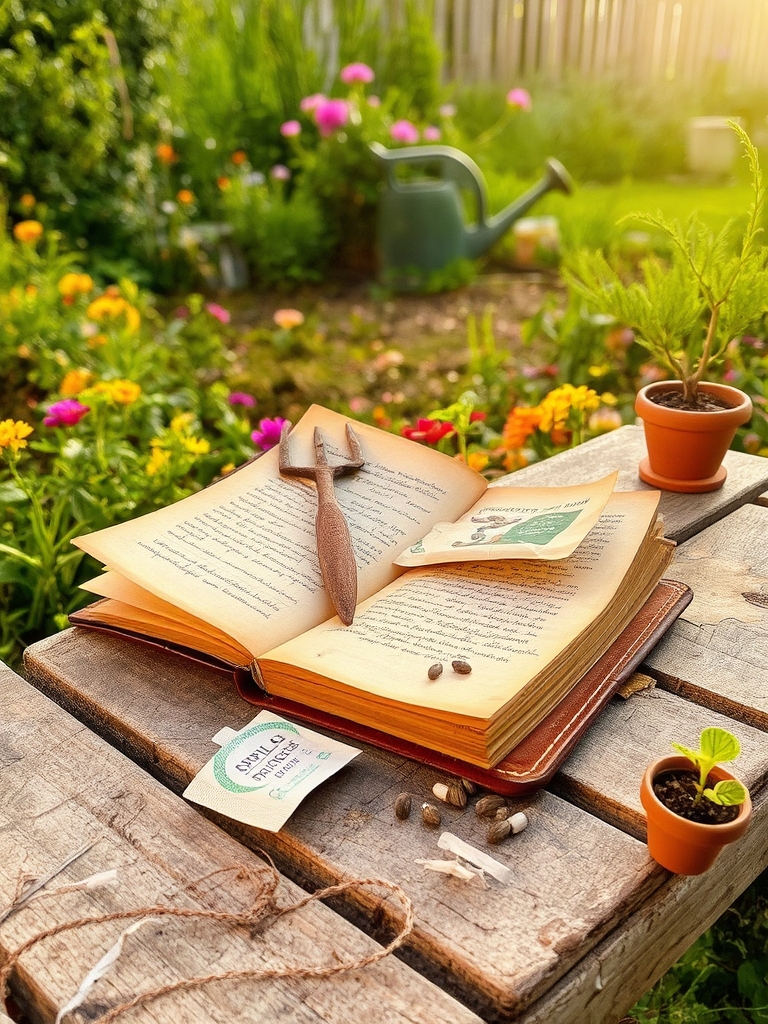
Recording planting dates in a garden journal helps track progress and plan for future growing seasons. Write down the date seeds were sown, transplanted, or harvested to monitor growth patterns and note any challenges or successes. This information will inform planting schedules and techniques for subsequent years, allowing for refinement and improvement of gardening practices.
Documenting Pest Control Methods
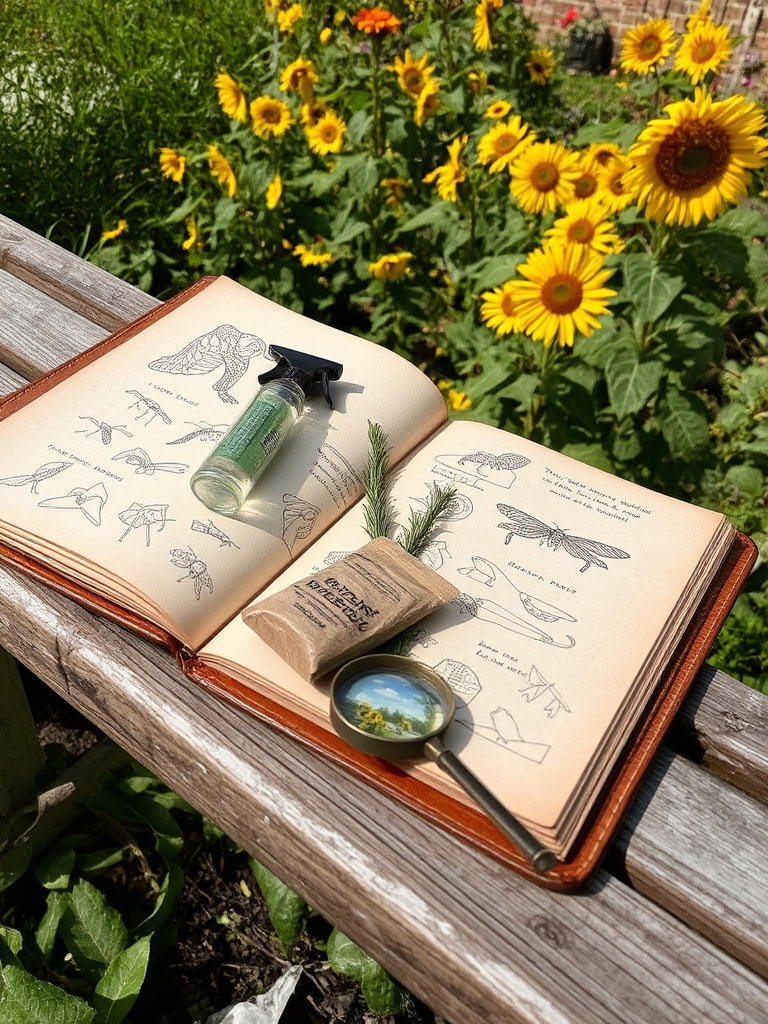
Recording pest control methods in a garden journal helps track effectiveness and identify patterns. Document the type of pest, control method used, and outcome to refine strategies and prevent future infestations. Include dates, product names, and application rates for a thorough record of pest management efforts.
Observing Wildlife in Your Garden

Observing wildlife in your garden allows you to connect with nature and understand the ecosystem. Record the types of birds, insects, and animals visiting your garden, and note their behaviors and habitats. This helps you create a welcoming environment for wildlife and promotes biodiversity, enhancing your garden’s overall health and beauty.
Planning Garden Layouts
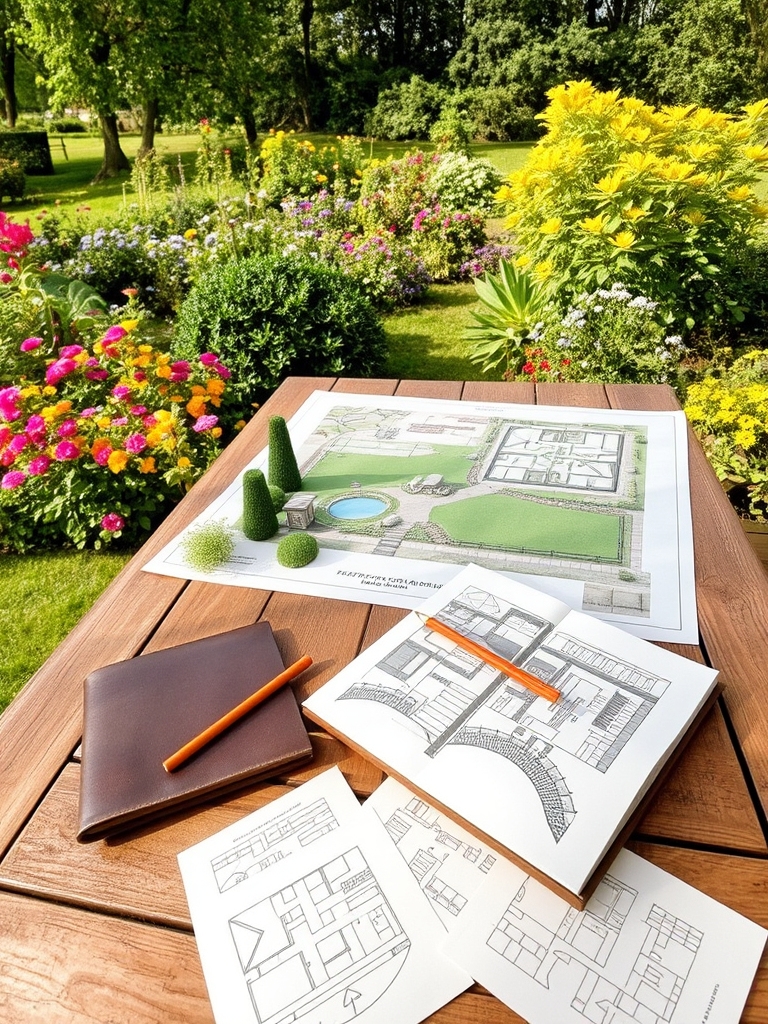
Planning garden layouts involves sketching the overall design and organization of your garden space. Consider the size and shape of your yard, sunlight patterns, and soil types when deciding where to place different plants, paths, and features like ponds or patios. This helps create a functional and visually appealing outdoor space that meets your needs and preferences.
Notes on Composting and Mulching
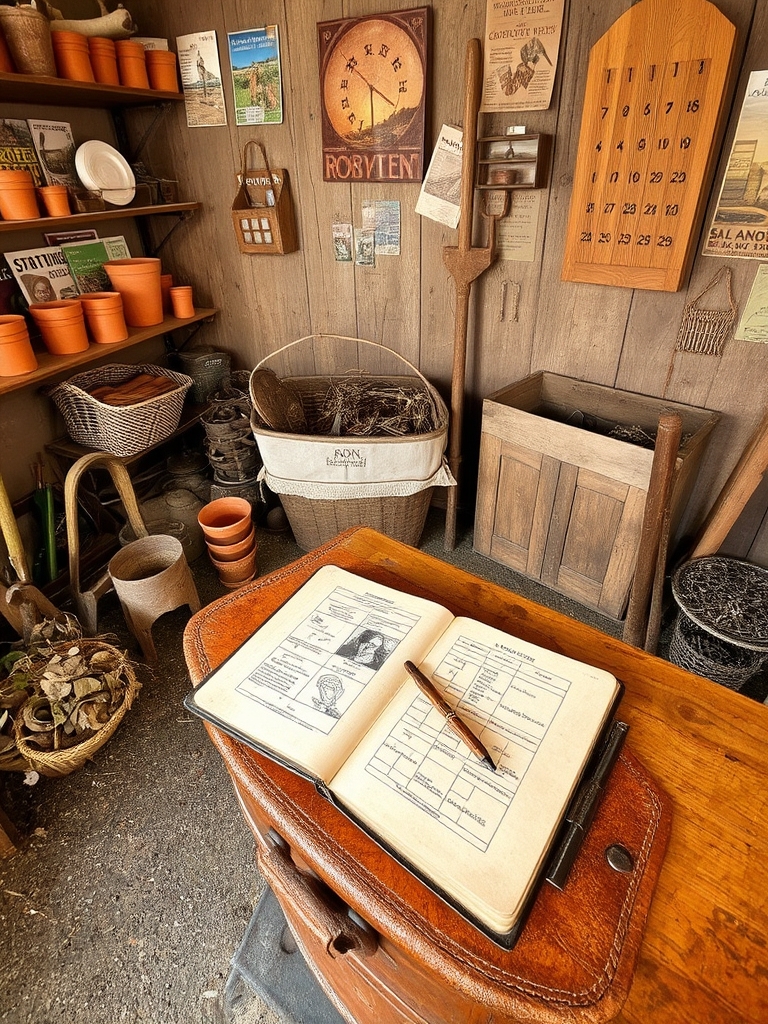
Recording composting and mulching activities helps track progress and identify areas for improvement. Note the types of materials added to the compost pile, moisture levels, and turning schedules. For mulching, record the types of materials used, application rates, and effectiveness in retaining moisture and suppressing weeds. This information informs future garden planning and optimization.
Seasonal Garden Planning

Seasonal garden planning involves organizing and preparing your garden for each time of year. It includes deciding which plants to grow, when to plant and harvest, and how to care for them. This approach helps guarantee a thriving and diverse garden throughout the year, taking into account weather conditions and plant requirements for each season.
Tracking Garden Expenses

Tracking garden expenses helps you stay within budget and make informed decisions. Record the cost of seeds, tools, fertilizers, and other supplies to monitor your spending. You can also note the source and date of purchase for future reference, making it easier to plan and optimize your garden’s financial resources.
Creating a Seed Inventory
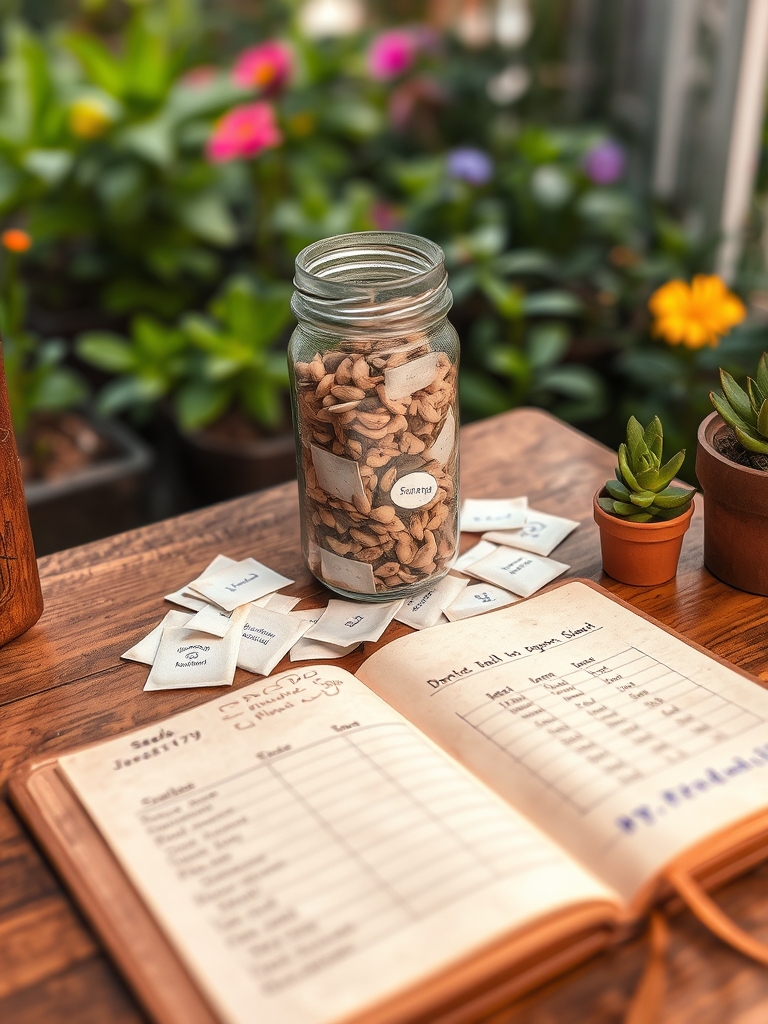
A seed inventory helps gardeners track stored seeds, including type, quantity, and purchase date. Record seed specifics, such as variety, packet size, and storage location, to guarantee easy access and organization. This inventory also aids in planning future garden layouts and making informed seed purchasing decisions, reducing waste and saving time.
Monitoring Water Usage

Monitoring water usage in your garden is vital for efficient growth. Record daily rainfall, irrigation amounts, and soil moisture levels to identify patterns and areas for improvement. Track water consumption to minimize waste and optimize plant health, ensuring the right amount of hydration for each species and climate condition. This helps maintain a balanced ecosystem.
Exploring Companion Planting

Exploring companion planting involves pairing vegetables, flowers, and herbs to enhance growth, deter pests, and improve flavor. This technique promotes healthy garden ecosystems and efficient use of space. By selecting complementary plants, gardeners can create balanced and thriving gardens, reducing the need for pesticides and fertilizers. This approach also adds diversity and beauty to garden beds.
Sketching Garden Designs and Ideas

Sketching garden designs and ideas allows you to visualize and plan your garden’s layout, including plant placement and hardscaping features. It helps identify potential issues and makes adjustments before implementation. Include measurements, plant varieties, and seasonal changes to create a thorough and evolving garden design that reflects your vision and goals.
Conclusion
You’ll finally have a garden that’s not a hot mess, thanks to your newfound journaling habits – who needs therapy when you have soil conditions to monitor and harvest yields to track? Now, go forth and obsess over your garden’s every detail, because clearly, your social life is over.
